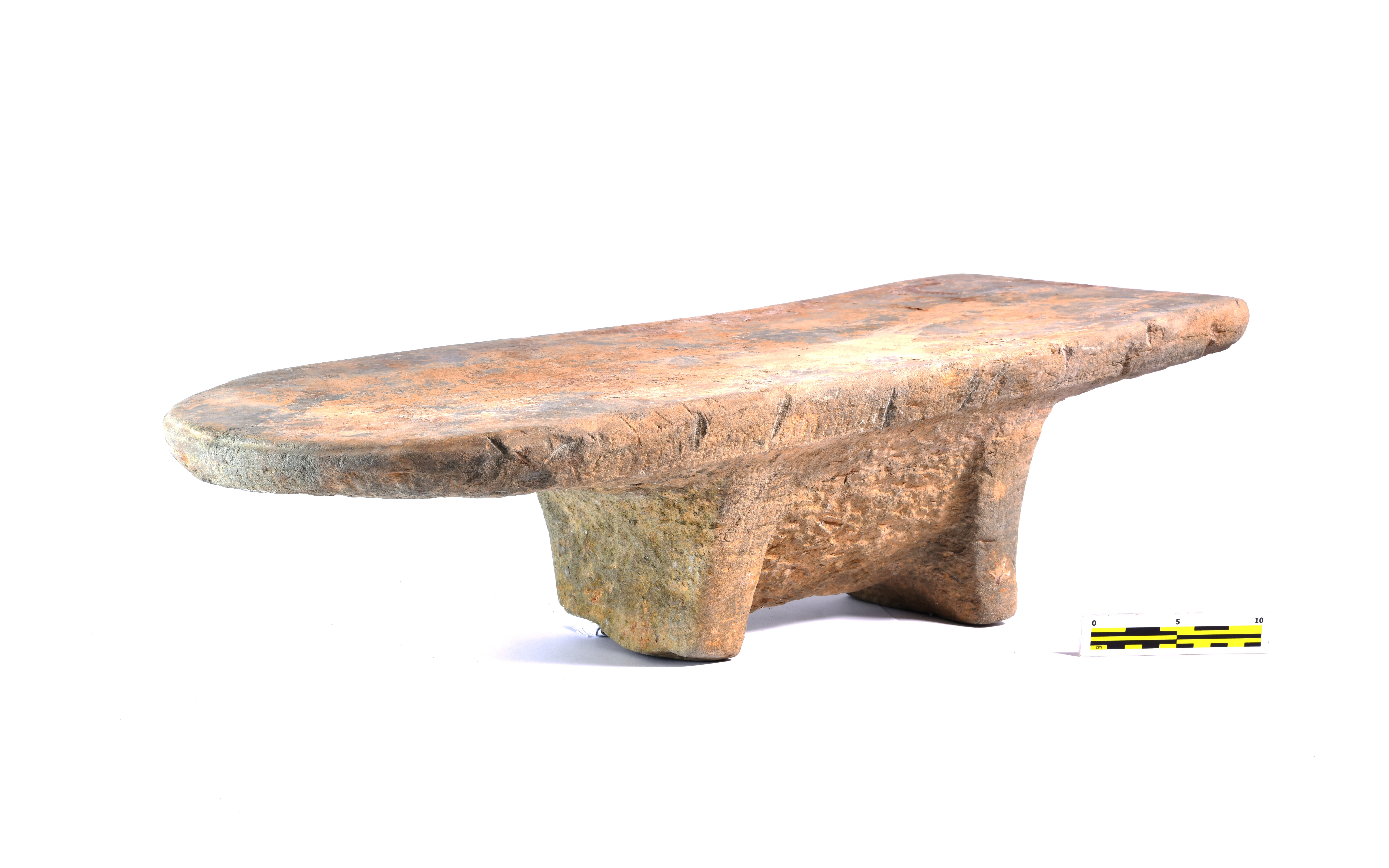Dishes that are rich in flavor and aroma from combinations of spices such as earthy turmeric, warm cloves and sharp ginger—commonly known as curries in the West—have starred in cuisines throughout South and Southeast Asia, from India to Indonesia, for centuries. Not all the spices used in each place are native to that spot, though, which points to a robust ancient spice trade. But how ancient those culinary traditions are, where they originated, and how far the spices traveled are questions archaeologists have long been trying to answer.
New evidence of the use of nonnative spices, found during an archaeological excavation in what is today southern Vietnam, pushes back the arrival of these spices and culinary traditions into Southeast Asia by hundreds of years, according to a study published on Friday in Science Advances. Archaeologists found microscopic fragments of spices such as cinnamon (native to Sri Lanka) and nutmeg (native to the tiny Banda Islands in eastern Indonesia) beaten into sandstone tools at the Óc Eo excavation site southwest of present-day Ho Chi Minh City.
“They mentioned spices like cloves, and cloves come from one specific group of islands in eastern Indonesia,” says Tom Hoogervorst, a linguist and archaeologist at the Royal Netherlands Institute of Southeast Asian and Caribbean Studies, who was not involved with the new research. “The moment you find them in a different context, then you know that people were doing long-term sailing—basically a maritime network.”
Historians have long known about a maritime trade route that ran during the same era as the famed Silk Road, a network of land routes between the Mediterranean Sea and China. The maritime route went farther south, connecting cultures in what is today Iran, India and Southeast Asia. But most of the evidence comes from written records, and the lack of physical evidence has made it difficult for researchers to verify these accounts.

“Before this study, we had only limited clues from ancient documents in India, China and Rome about the early spice trades,” says Australian National University archaeologist and study co-author Hsiao-chun Hung. “However, this research is the first to confirm that these spices were indeed traded commodities that existed within the global maritime trading networks nearly 2,000 years ago.”
Though previous fragments found elsewhere predate the third- and fourth-century C.E. spices analyzed in the new study, the Óc Eo findings offer the first evidence that these spices were all used in Southeast Asia during this time period. The spice remains indicate that the stone mortars, pestles and grinding slabs found there were likely used for food preparation.
Traces of eight spices were found: turmeric, ginger, fingerroot, sand ginger, galangal, clove, nutmeg and cinnamon. (One nutmeg fragment even retained a faint version of its signature pungent, slightly nutty aroma.) Because most of these spices originated on distant islands, traders would have had to bring them from several thousand kilometers away by sea. Hung says the stone tools were also likely imported, which suggests the larger culinary practice of incorporating such spices into foods was also borrowed from another ancient culture. “This study reveals that trading activities were rather complicated, as not only precious goods were moving around, but also people and their entire set of culinary cultures were transferred between the regions,” she says.
First excavated in the 1940s, Óc Eo has been a fruitful site for archaeologists. The current study is part of a larger project conducted by the Vietnam Academy of Social Sciences to unearth more of the region’s largely unknown ancient history. Chinese historical documents contain some records of an empire centered in what is now southern Vietnam that spanned Southeast Asia and disappeared by the seventh century C.E. Physical evidence of this kingdom is scarce, however.
This lack partly stems from rot caused by the area’s humid, tropical climate, Hoogervorst says. “It’s really tough to find the remains of food items in an archaeological assemblage,” he says. “What [the researchers] were able to do, it’s a good contribution to the history of food in Southeast Asia.”
But Hoogervorst adds that it’s a stretch to assume the stone grinding tools found at Óc Eo were also imported from distant areas. “To assume that people in Southeast Asia couldn’t figure out how to basically crush their food with these stones is a huge leap,” he says.
Hoogervorst is also skeptical that these ancient culinary traditions stem solely from South Asia. Given that many of the involved spices originate across the Asian continent—not just South Asia—he suggests it was more of an exchange than a unidirectional flow of culinary traditions. The study authors contend that the South Asian ornaments, pottery vessels and religious monuments excavated alongside the starch grains, date from a similar time and increase the likelihood that these culinary practices stem from South Asia and not somewhere nearby.
Other experts want to see the use of additional methods to establish chronology because radiocarbon dating is not always reliable. Locking in a timeline would further bolster this important study, according to Luu Anh Tuyen of the Vietnam Atomic Energy Institute and Nguyen Quang Hung of Duy Tan University in Vietnam, who also conduct research at Óc Eo but were not involved with the new work. “The discovery of such global maritime trade routes will change the way our world views human history,” they wrote in an e-mail to Scientific American, “and provide information on the missing chains on the world history’s development.”
Hsiao-chun Hung hopes the new study and her future work will help the world better understand Southeast Asia’s place in history. “The role of Southeast Asia is often overlooked,” she says. “This study highlights the importance of Southeast Asia in ancient times, as it served as a unique crossroads for migrants, merchants and travelers from different places.”


























































